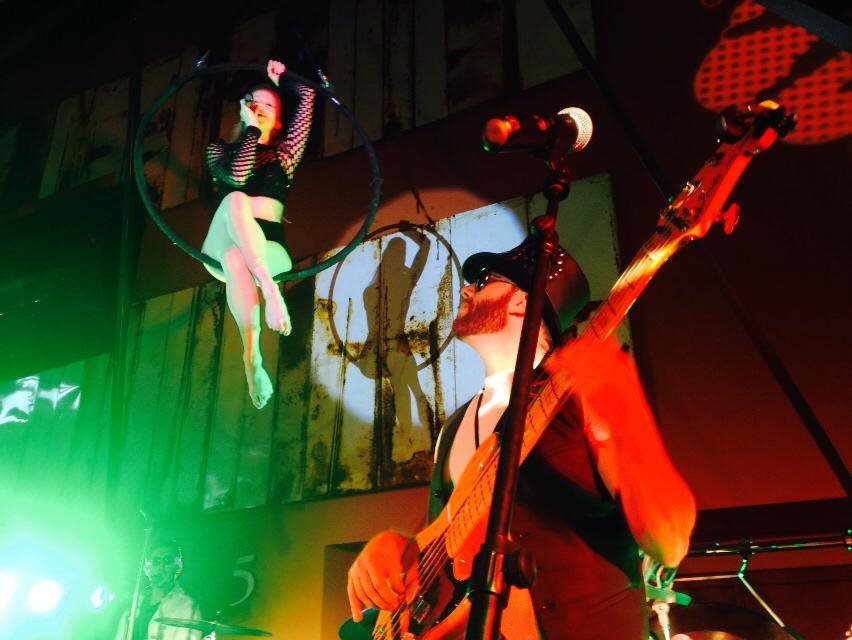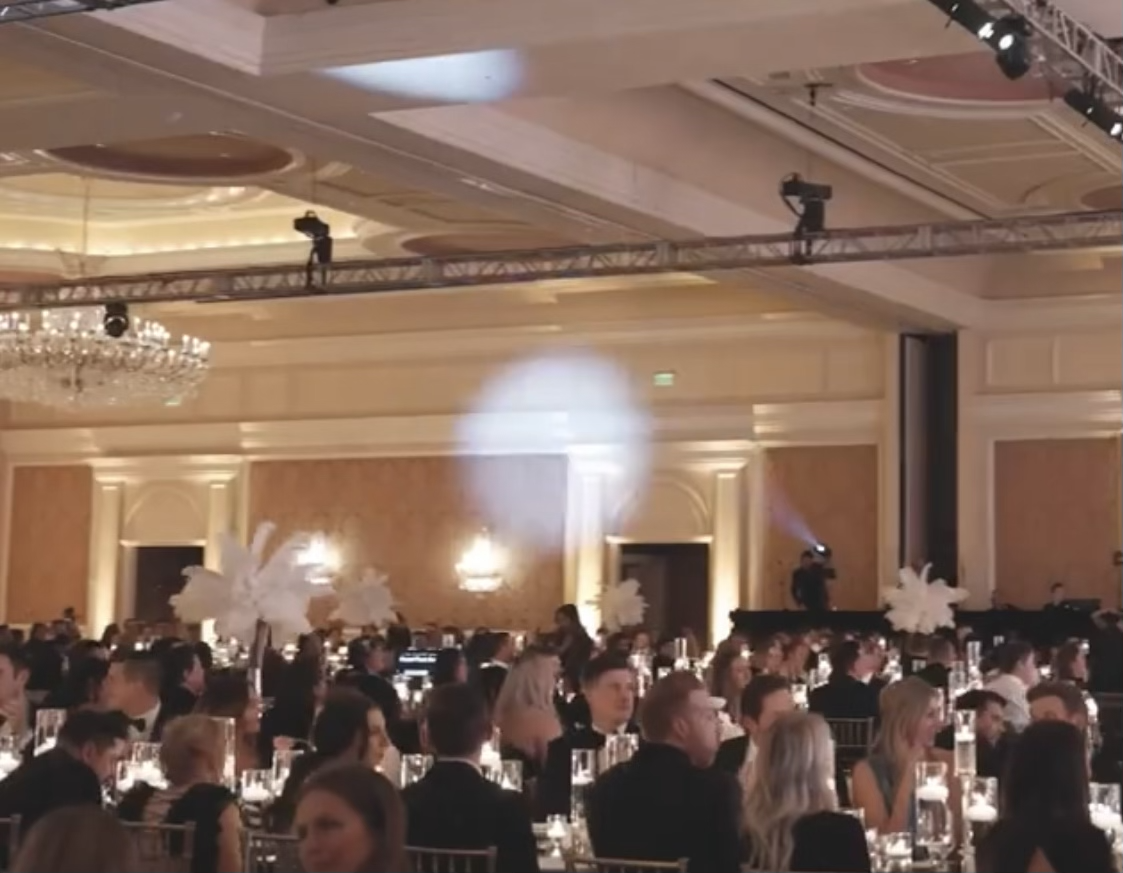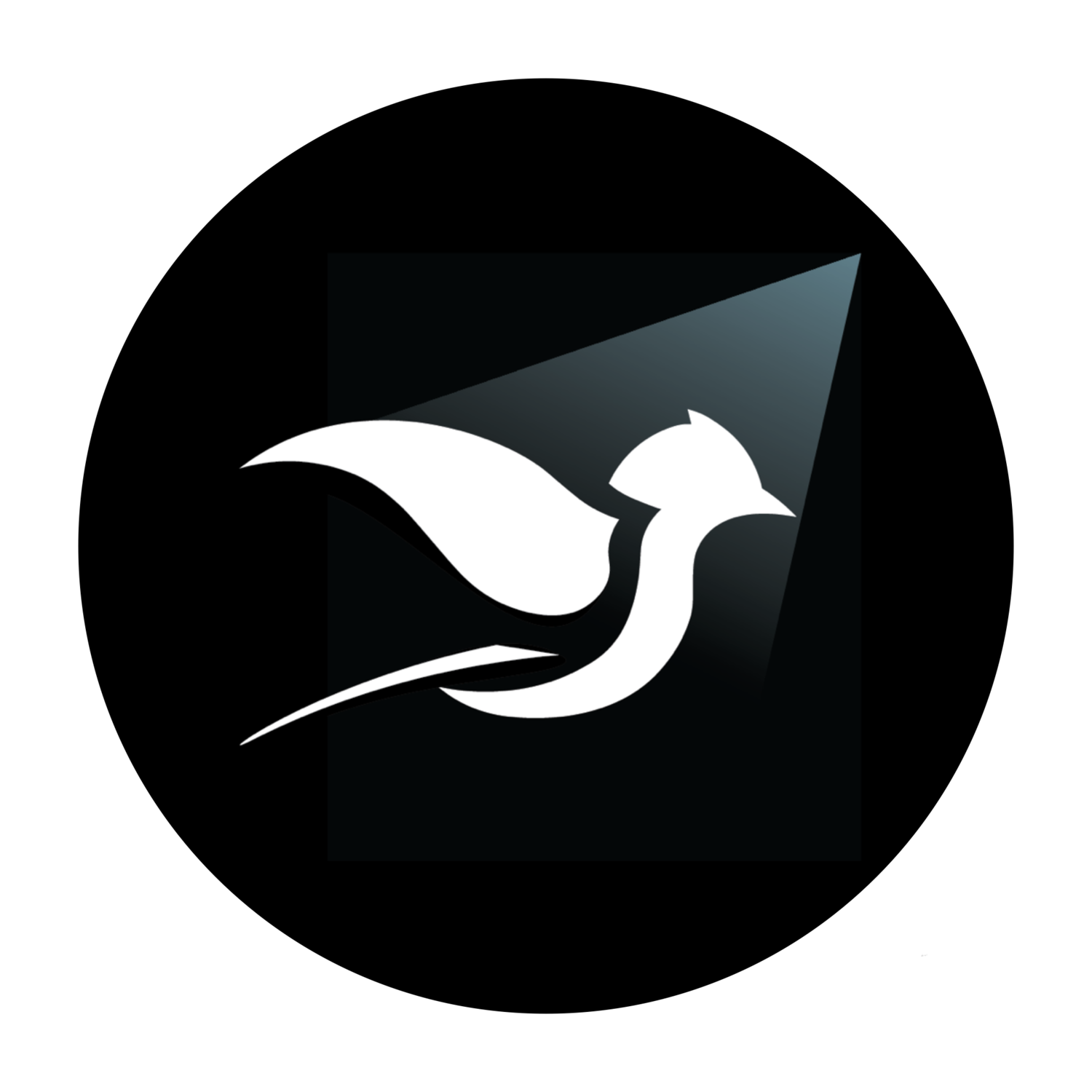Skylark provides numerous types of spotlights including follow spots, moving spots, and ellipsoidal lights.
SPOTLIGHTS
SPOTLIGHTS FOR PERFORMERS, SPEAKERS, AND DISPLAYS
A spotlight, is a type of stage lighting instrument used in live performances, theater productions, concerts, and other events to focus strong, controllable light on a specific performer, speaker, or object. It is typically operated by a lighting technician or spotlight operator who manually tracks the movement of the performer and adjusts the spotlight to keep them illuminated as they move around the stage.
SkyLark Productions has several types of spotlights for different applications including Follow Spots, Ellipsoidal Lights, Moving Spots, and more. Follow spots are upright lights that have a spotlight tech that manually operates them. Ellipsoidal lights are very bright and great for Gobos. These are very versatile and can light performers, groups, displays, and be used outside of performances for ambient lighting, decor, mood, texture, and logos. We also have moving spots which we can control automatically and spot people from rigging points or from trussing, side stage, hanging above stage, or from a distance.
1. What is a Follow Spot:
A follow spot is a specialized lighting fixture designed to produce a high-intensity, narrow beam of light that can be directed precisely onto a specific area of the stage.
Follow spots typically consist of a powerful lamp (often an incandescent or halogen lamp) housed in a reflector and mounted on a stand or ceiling structure.
They are equipped with various optical components, including lenses, shutters, and color filters, to control the shape, size, and color of the light beam.
2. How Follow Spots Are Used:
Highlighting Performers: The primary purpose of a follow spot is to highlight individual performers, typically actors or singers, on the stage. It allows the audience to focus on the key actions and emotions of the performer while minimizing distractions from the rest of the stage.
Tracking Performers: A skilled follow spot operator manually tracks the movements of the performer using the spotlight's adjustable pan-and-tilt controls. This requires precision and coordination to ensure the performer remains well-lit throughout their movements.
Creating Dramatic Effects: Follow spots can be used to create dramatic effects by casting a sharp, focused beam of light on a specific character during critical moments in a performance. This adds emphasis and intensity to the scene.
Illuminating Objects: In addition to performers, follow spots can also be used to illuminate props, set pieces, or specific areas of the stage when needed.
Color and Gobo Effects: Some follow spots are equipped with color filters and gobos (patterned templates) to add color or texture to the light beam, enhancing the visual appeal of the performance.
Follow spots play a crucial role in enhancing the visual elements of live performances, conferences, and theater productions. They allow for dynamic, real-time adjustments to the lighting, helping to create a visually engaging and emotionally impactful experience for the audience. Skilled follow spot operators are essential in ensuring that performers are properly illuminated and that the lighting complements the narrative and artistic elements of the production.
How do I choose?
SkyLark Production’s team of experts can help plan and design the lighting for your event. Here are some of the key differences when considering different types of spotlighting.
Follow spots and moving spots, both used in the field of stage lighting, serve different purposes and come with distinct features and characteristics. Here are the key differences between follow spots and moving spots in spotlighting:
Follow Spots:
Manual Operation:
Follow spots are manually operated by a spotlight operator who physically controls the spotlight's position, direction, and intensity to track and illuminate specific performers or objects on the stage.
Fixed Position:
Follow spots are typically stationary and placed in specific locations within the venue. The operator adjusts the position by moving the entire follow spot unit.
Intense and Focused Light:
Follow spots produce a concentrated, intense beam of light, which is ideal for highlighting individual performers and providing a dramatic effect.
Tracking and Targeting:
The primary function of a follow spot is to track the movements of performers, ensuring they remain illuminated as they move across the stage. Follow spot operators use pan-and-tilt controls to aim the light precisely.
Limited Mobility:
Follow spots have limited mobility compared to moving spots, as they are not designed for rapid or dynamic movement. Their focus is on maintaining steady illumination.
No Automated Effects:
Follow spots typically do not have automated effects, such as the ability to change colors or project patterns (gobos) unless specifically equipped with such features.
Moving Spots (Moving Head Lights):
Automated Operation:
Moving spots, also known as moving head lights, are automated fixtures that can be controlled electronically. They have motors that allow them to move in various directions and follow preset or programmed patterns.
Versatile Movement:
Moving spots can pan and tilt, as well as change their position and orientation quickly and dynamically. They can cover a wide range of areas on the stage and produce various effects.
Light Effects:
Moving spots often come equipped with features like color mixing, gobos (rotating or static patterns), prism effects, and beam shaping, allowing for a wide range of visual effects.
Multiple Targets:
Moving spots can be used to illuminate multiple performers or areas of the stage simultaneously, making them versatile for complex lighting designs.
Automation and Programming:
Moving spots can be programmed in advance to create specific lighting cues and effects, adding precision and repeatability to the lighting design.
Dynamic and Fast-Moving:
Moving spots can quickly change their position, making them suitable for dynamic stage designs and effects, such as moving with performers or creating sweeping visuals.
In summary, follow spots are manually operated, focused on individual performers, and excel at tracking and illuminating specific targets. They provide intense and controlled lighting. Moving spots, on the other hand, are automated fixtures with versatile movement, capable of creating a wide range of effects, and are suitable for dynamic, fast-paced lighting changes in complex stage productions. The choice between the two depends on the specific requirements of a performance or event.












